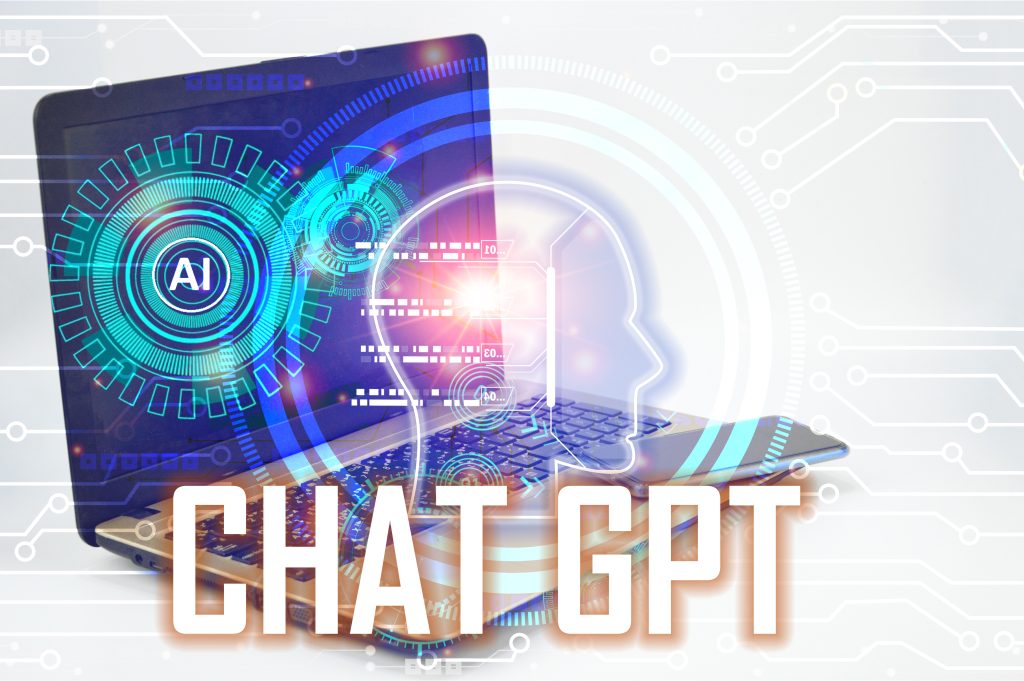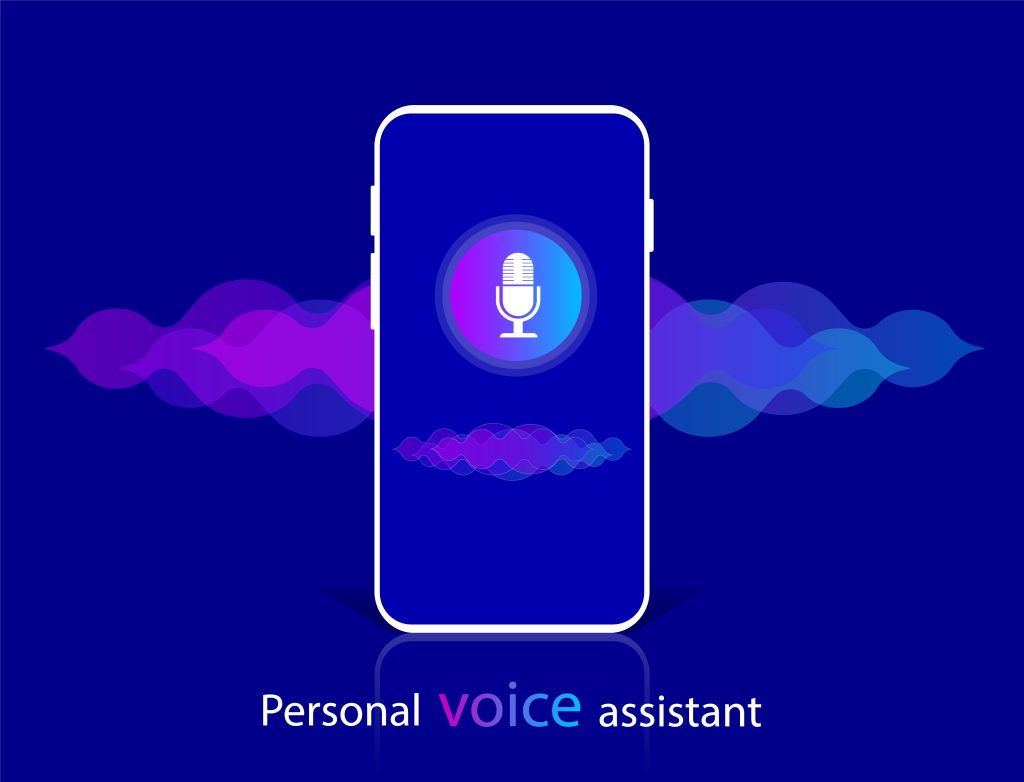
In recent years, voice search has become increasingly popular, with more and more people using devices like Amazon Alexa and Google Home to search for information online. As a result, optimizing content for voice search has become a crucial aspect of SEO. With the help of ChatGPT-4, an advanced natural language processing model, businesses can optimize their content for voice search more efficiently and effectively than ever before.
Understanding Voice Search
Before diving into how ChatGPT-4 can help optimize content for voice search, it’s essential to understand what voice search is and how it differs from traditional text-based searches. Unlike traditional searches, which typically involve short, simple phrases or keywords, voice search queries tend to be longer and more conversational in nature. People using voice search also tend to use more natural language and ask questions in a more conversational tone.
To optimize content for voice search, it’s essential to consider how people speak and what types of questions they’re likely to ask. Content that’s written in a more conversational tone and structured in a way that addresses common voice search queries is more likely to appear in voice search results.
How ChatGPT-4 Can Help Optimize for Voice Search

ChatGPT-4 is an advanced natural language processing model that can help businesses optimize their content for voice search more efficiently and effectively. With its ability to analyze and understand natural language, ChatGPT-4 can identify key phrases and topics that are relevant to voice search queries. This can help businesses create content that’s more likely to appear in voice search results.
ChatGPT-4 can also help businesses create content that’s optimized for the way people speak. By analyzing common conversational phrases and sentence structures, ChatGPT-4 can help businesses create content that’s more natural and conversational in tone. This can help improve the overall user experience and make it more likely that users will engage with and share the content.
In addition to optimizing content for conversational language, ChatGPT-4 can also help with the optimization of featured snippets. Featured snippets are often used in voice search results, and ChatGPT-4 can help identify the most relevant and effective snippets to include in content.
Tips and Best Practices for Using ChatGPT-4 to Optimize for Voice Search
To get the most out of ChatGPT-4 when optimizing for voice search, there are several tips and best practices to keep in mind:
- Optimize for long-tail keywords and phrases: Since voice search queries are often longer and more conversational in nature, it’s essential to optimize content for long-tail keywords and phrases. These longer phrases are more likely to match the way people speak and the types of questions they’re likely to ask.
- Use conversational language and tone: To make content more appealing to voice search users, it’s essential to use a conversational language and tone. This can involve using contractions, asking questions, and using more natural-sounding language.
- Create content that’s structured for voice search: To optimize content for voice search, it’s essential to structure it in a way that addresses common questions and concerns. This can involve breaking content up into sections or using subheadings to make it easier to read and navigate.
Examples of Successful Voice Search Optimization with ChatGPT-4
There are several examples of businesses that have successfully optimized their content for voice search using ChatGPT-4 or similar technology. For example, an online retailer that sells hiking gear might optimize their content for voice search by creating pages that answer common hiking-related questions, such as “What’s the best way to waterproof hiking boots?” or “What’s the best type of backpack for overnight hikes?” By structuring the content in a way that answers these questions directly and using natural language and tone, the content is more likely to appear in voice search results.
Another example is a healthcare provider that might optimize their content for voice search by creating pages that answer common health-related questions, such as “How do I treat a cold?” or “What are the symptoms of the flu?” By using ChatGPT-4 to identify the most relevant and effective snippets, the content can be optimized for featured snippets, which are often used in voice search results.
At our digital agency, we highly recommend businesses to prioritize the optimization of their content for voice search, which has become increasingly important in the world of SEO. By leveraging the capabilities of ChatGPT-4, businesses can now optimize their content more efficiently and effectively than ever before. Through understanding the unique characteristics of voice search and implementing the tips and best practices outlined in this article, businesses can create content that is more likely to appear in voice search results and engage with users in a more natural and conversational manner. As voice search continues to gain popularity, it has become essential for businesses to adapt and optimize their content to remain competitive in the ever-evolving digital landscape.



